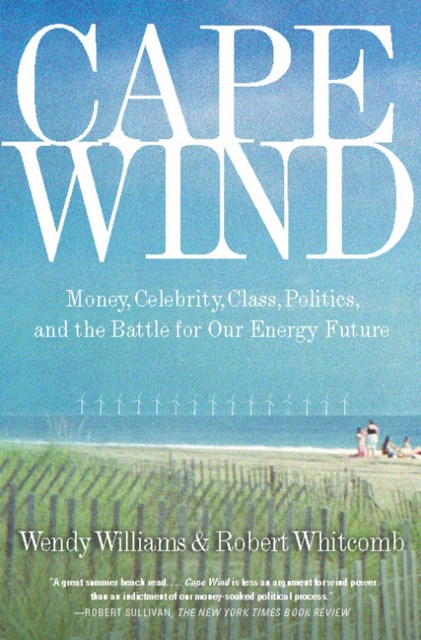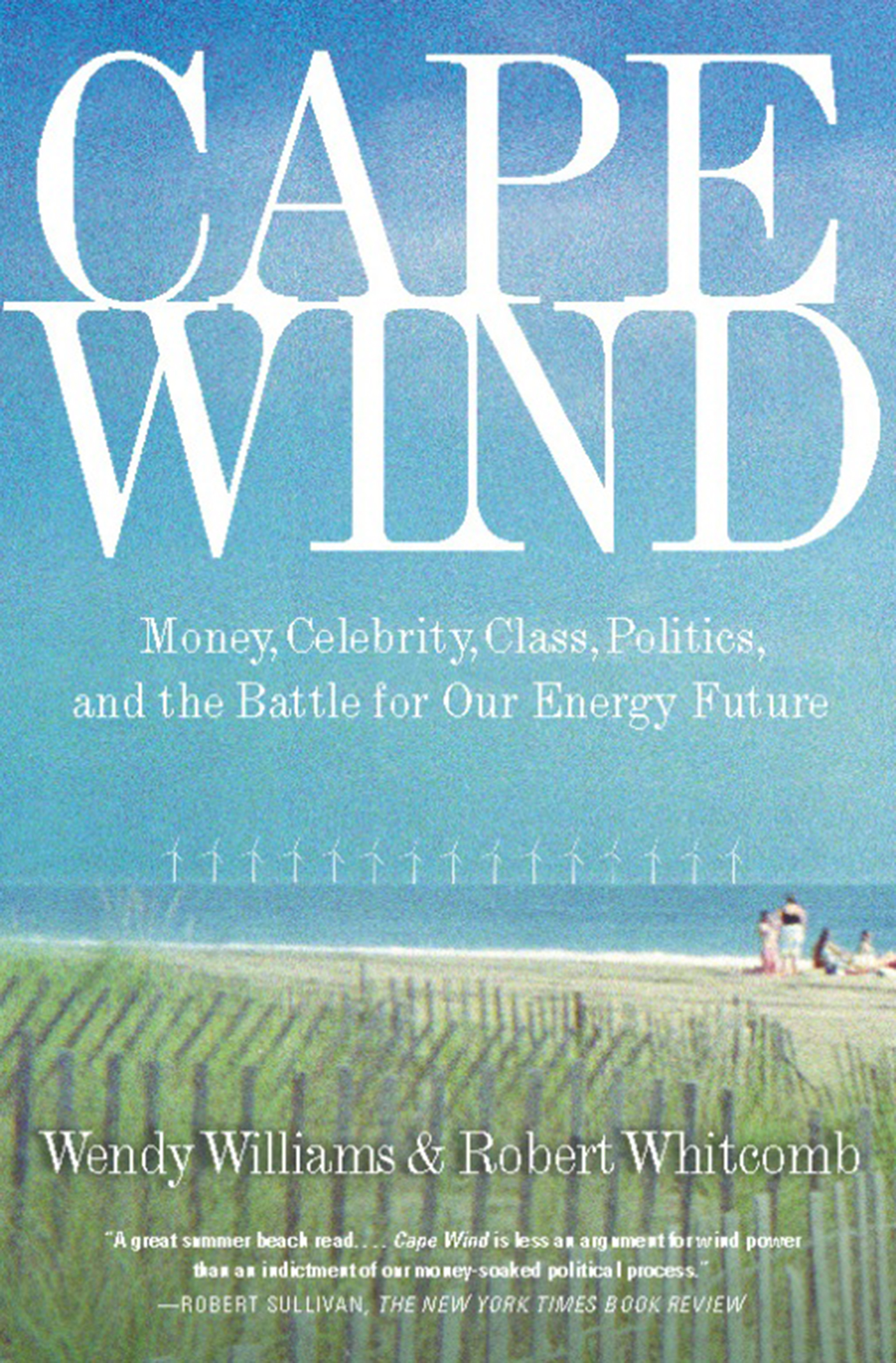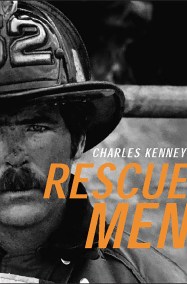Promotion
Use code MOM24 for 20% off site wide + free shipping over $45
Cape Wind
Money, Celebrity, Class, Politics, and the Battle for Our Energy Future on Nantucket Sound
Contributors
By Wendy Williams
Formats and Prices
Price
$11.99Price
$15.99 CADFormat
Format:
- ebook $11.99 $15.99 CAD
- Trade Paperback $21.99 $28.99 CAD
This item is a preorder. Your payment method will be charged immediately, and the product is expected to ship on or around August 5, 2007. This date is subject to change due to shipping delays beyond our control.
Also available from:
Cape Wind is a rollicking tale of democracy in action and plutocracy in the raw as played out among colorful and glamorous characters on one of our country’s most historic and renowned pieces of coastline. As steeped in American history and local color as The Prince of Providence; as biting, revealing and fun as Philistines at the Hedgerow, it is also a cautionary tale about how money can hijack democracy while America lags behind the rest of the developed world in adopting clean energy.
Genre:
- On Sale
- Aug 5, 2007
- Page Count
- 352 pages
- Publisher
- PublicAffairs
- ISBN-13
- 9781586485856
Newsletter Signup
By clicking ‘Sign Up,’ I acknowledge that I have read and agree to Hachette Book Group’s Privacy Policy and Terms of Use







